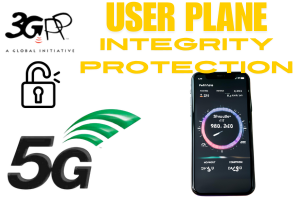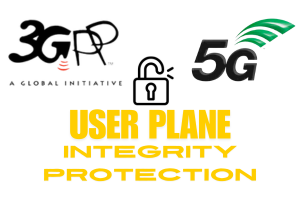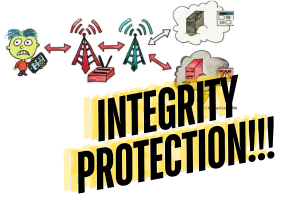NIA0
Mandatory to read, optional to implement
We are Radix Security and we like security. In our blog we write about mandatory and obsolete topics in the context of mobile networks.
We are Radix Security and we like security. In our blog we write about mandatory and obsolete topics in the context of mobile networks.

By Katharina Kohls - 19 Sep 2023

By Katharina Kohls - 07 Sep 2023

By David Rupprecht - 08 Jul 2020

By David Rupprecht - 26 Jun 2020

By David Rupprecht - 16 May 2020

By David Rupprecht - 15 May 2020